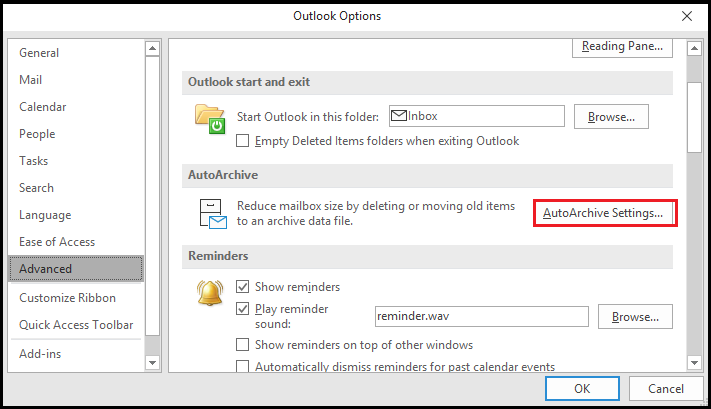

- OST TO PST CONVERTER FREE OUTLOOK 2013 ARCHIVE
- OST TO PST CONVERTER FREE OUTLOOK 2013 PASSWORD
- OST TO PST CONVERTER FREE OUTLOOK 2013 OFFLINE
Now select the number of days in which you want to run auto archiving. OST TO PST CONVERTER FREE OUTLOOK 2013 ARCHIVE
Go to Advanced and click Auto Archive Settings. Launch the Outlook application, go to File, and click Options. Follow the simple steps to enable auto archiving in Outlook. This will reduce the size of the mailbox. When there are many older messages and you do not require them in the mailbox, you can put them in the archive folder easily. This method helps you to keep the size of your mailbox manageable. Method 2: Use ‘Archiving’ to save OST emails to PSTīy enabling the Auto Archive method in Outlook, you will be able to save the items of the OST file in a separate PST file. OST TO PST CONVERTER FREE OUTLOOK 2013 PASSWORD
Note: There is an optional choice to provide a password to the PST file, but you can easily move ahead without choosing it. and choose an option regarding the duplicate items.
Browse the location where you want to save the new PST file 5. Note: You have the option to include subfolders as well. Select the folder(s) which you want to export and click Next. Select the second option-Outlook Data File (.pst)-and click Next. Select Export to a file then click Next. Go to Files >Open & Export and click Import & Export. And to export the OST mailboxes to PST, follow the simple procedure as given here: Login to Outlook with the Exchange account that was used to create the OST files. Convert OST to PST using a professional tool. Some native methods to convert OST to PST are presented here: There are multiple methods to convert any OST file into PST provided you can log in to Outlook with the same Exchange profile. Try automated tool Kernel for OST to PST Converter to Convert OST File to PST, EML, MSG, Office 365, and Exchange. To re-establish email communication during Exchange downtime or unavailability. EDB files are inaccessible due to Exchange corruption, Server crash, etc. 
An Exchange user wants to rebuild his corrupt OST file, but the user has some unsaved data in the OST file.Want to back up a few Exchange mailboxes (before the deletion of mailboxes).A few user mailboxes get deleted from the Exchange server.OST files contain unsaved user mailbox data. Here are some situations when converting an OST to PST files becomes very helpful: So, Exchange administrators and end-users can use OST files to restore user mailbox data on the occasions of such eventualities. As the OST file resides on the user’s computer, it is unaffected by Exchange Server crashes and disasters, Exchange mailbox deletions, etc.

OST TO PST CONVERTER FREE OUTLOOK 2013 OFFLINE
The changes made by the user in the offline mode are later updated to the server mailbox when the Exchange connection is re-established. Microsoft Outlook, in the offline (Cached Exchange) mode, saves all the Exchange mailbox data in a local file named OST file or Offline Outlook Data file. Cached Exchange mode was introduced by Microsoft to overcome the difficulties like Exchange downtime and unavailability.







 0 kommentar(er)
0 kommentar(er)
